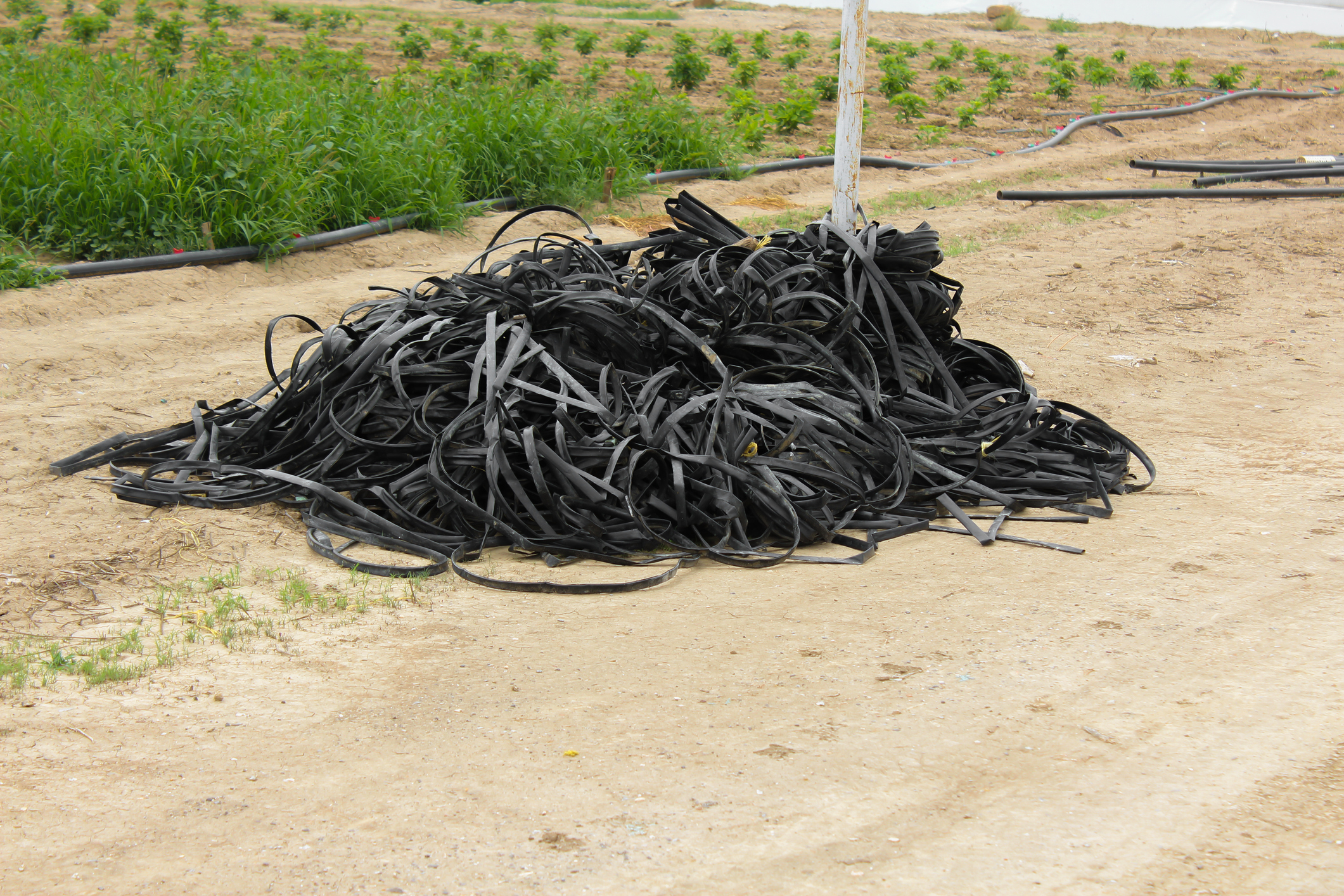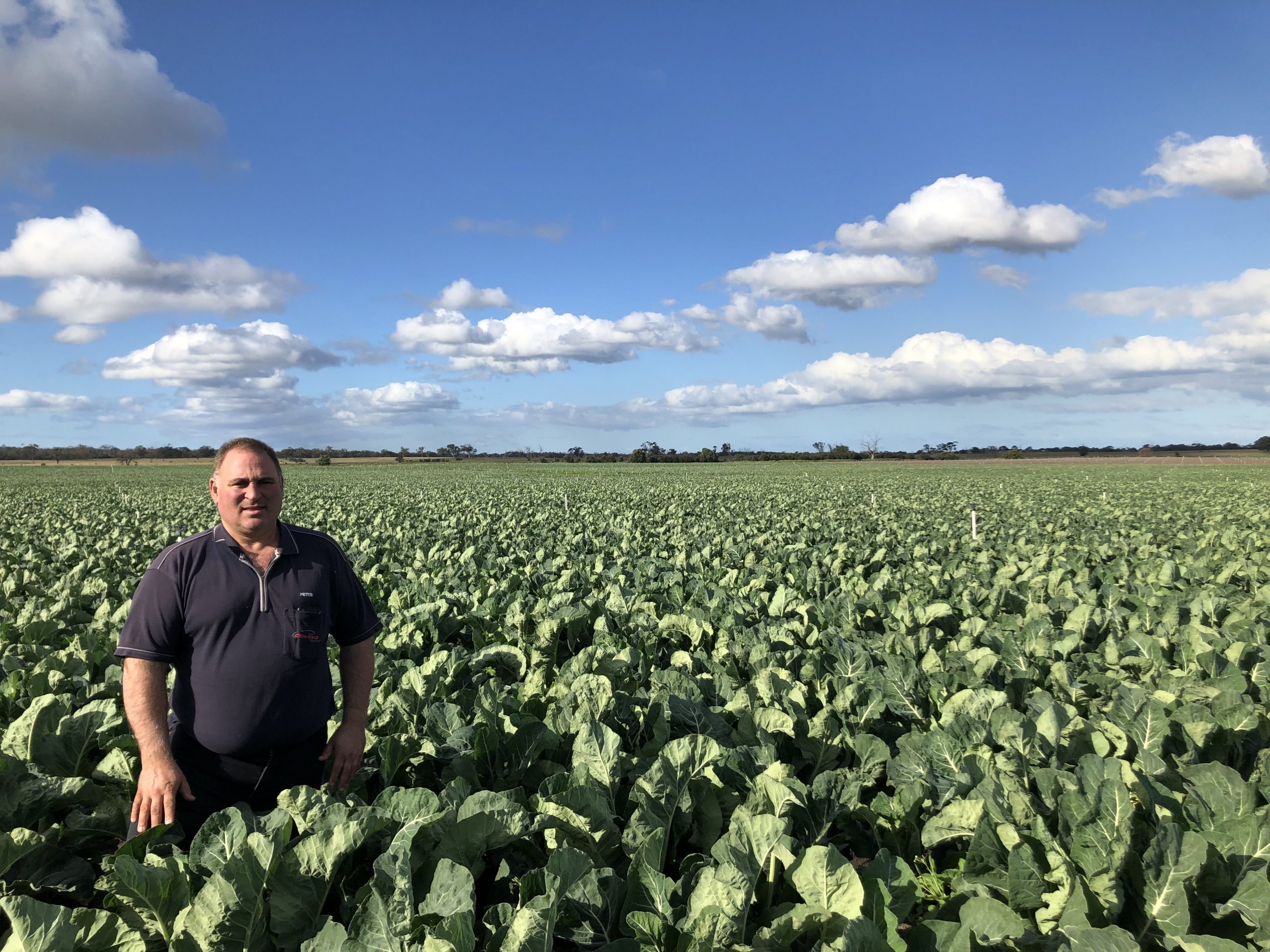
Conquering on-farm plastic waste in Australian agriculture
22 February 2021
How fresh chemistry adds value to fresh produce
22 February 2021In this ‘Ask the industry’ column, Syngenta Technical Services Lead – Horticulture and Viticulture Dr Belinda (Brandy) Rawnsley discusses sclerotinia and what vegetable growers can do to minimise the impact that this soil-borne fungal disease has on their crops.
Sclerotinia is a soil-borne fungal disease that causes significant crop damage and yield loss in various horticultural crops. Many would recognise the signs of sclerotinia. Infected plants show white fluffy mycelium and soft rot, giving the disease its common names: white mould, white rot and lettuce drop.
Sclerotinia produces black sclerotia that can survive in soil for up to 10 years and infect new plantings. For this reason, the disease can be very difficult to control, especially for lettuce growers.
The disease is more serious under milder temperatures (15-21°C) and prolonged wet weather conditions. Excessive irrigation or water-logged areas of the paddock are more susceptible to infection. Densely planted crops favour infection due to poor air flow.
There are two types of sclerotinia fungi that cause problems in lettuce and leafy vegetables crops (such as spinach, kale and rocket):
Sclerotinia minor only infects the stems and leaves in contact with the soil at ground level. Sclerotia are small (1-5 mm) and the fungus enters the base of the plant causing the plant to wilt and die.
Sclerotinia sclerotium have larger sclerotia than S. minor. These can resemble rat dung (1-2 cm long) at the base of the plant. This species also has spores that can be spread by wind, which can cause soft rot on higher leaves of the plant.
A preventative fungicide program – together with cultural practices such as crop rotation and irrigation frequency – will provide the best protection against sclerotinia, particularly in wet conditions. Early foliar sprays inhibit the fungi entering the plant from the soil. Once infection occurs, plants cannot recover and will become un-harvestable.
Over-reliance on one fungicide can render that chemical ineffective, so use fungicides from different mode of action groups to comply with CropLife resistance management strategies.
Protecting vegetable crops
A new fungicide, MIRAVIS® PRIME, will be registered in Australia in early 2021 to deliver optimum protection against sclerotinia in lettuce and leafy vegetables. The unique formulation combines the powerful active ingredient pydiflumetofen (Group 7) with fludioxonil (Group 12).
Pydiflumetofen works internally, moving very quickly into the waxy cuticle and giving long lasting protection. Fludioxonil is a contact fungicide and protects the surface of the leaf. Having these two modes of action means the product can attack fungi at multiple sites with the added benefit of resistance management.
Trials and field demonstrations of MIRAVIS PRIME have shown outstanding control of sclerotinia, even in high disease pressure situations. This fungicide was a feature of the 2020 East Gippsland Vegetables Innovation Days (EGVID) as well as the Syngenta GrowMore field demonstrations recently in Adelaide Plains.
Fortunately, lettuce and leafy vegetable growers won’t be the only ones to benefit from new fungicide technology. MIRAVIS PRIME will be also be registered for control of sclerotinia in potatoes, while controlling early blight as well.
With new options to fight sclerotinia and other damaging horticultural diseases, the future is looking brighter for growers.
Note: An application for the registration of MIRAVIS PRIME had been submitted to the APVMA at the time of publication. Registration is anticipated within the first quarter of 2021.
Find out more
For more information or to ask a question, please contact your local Syngenta Territory Manager, the Syngenta Advice Line on 1800 067 108, visit syngenta.com.au or email Vegetables Australia: communications@ausveg.com.au. Please note that your questions may be published.
The R&D content for this article has been provided to Vegetables Australia to educate Australian vegetable growers about the most relevant and practical information on crop protection technologies and their on-farm applications.

